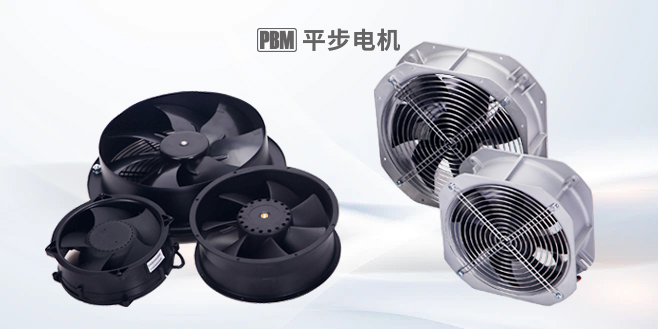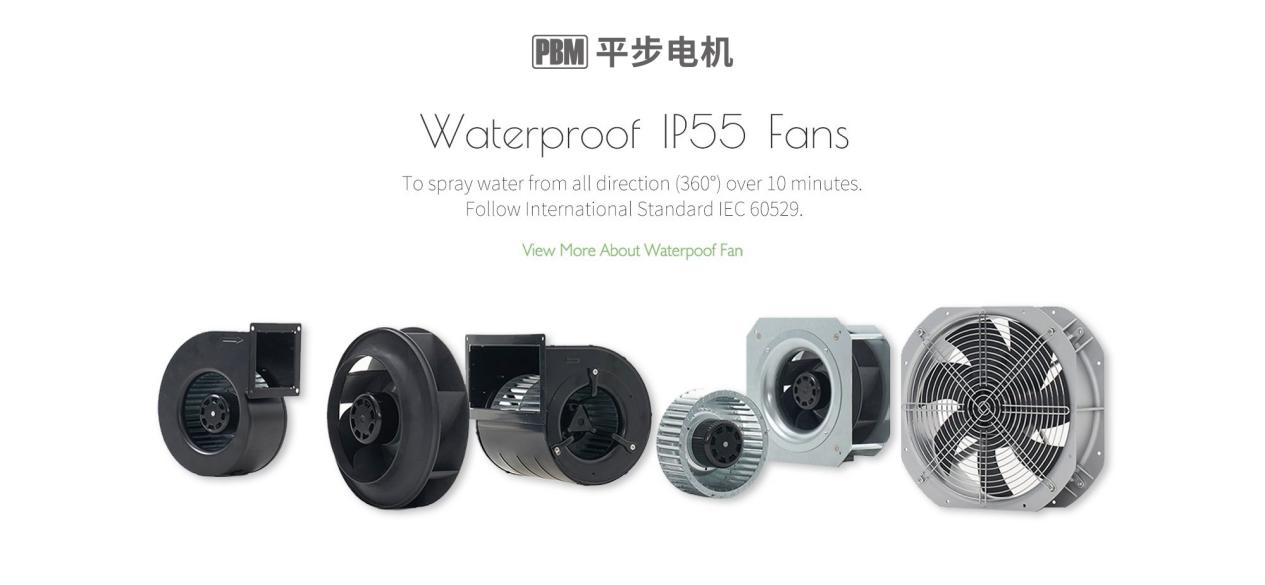News
Site Editor
 Site
/uploads/image/62e8978f9c142.png
Axial fans, as one of the important equipment in the industrial field, are widely used in various places, such as factories, data centers, computer rooms,tunnel, etc. The analysis of its price, quotation, cost, and influencing factors is of great significance for both buyers and investors
Site
/uploads/image/62e8978f9c142.png
Axial fans, as one of the important equipment in the industrial field, are widely used in various places, such as factories, data centers, computer rooms,tunnel, etc. The analysis of its price, quotation, cost, and influencing factors is of great significance for both buyers and investors
What Affects the Price of Axial fans?
Views: 2135
Author: Site Editor
Publish Time: 2024-01-16
Origin: Site
Axial fans, as one of the important equipment in the industrial field, are widely used in various places, such as factories, data centers, computer rooms,tunnel, etc. The analysis of its price, quotation, cost, and influencing factors is of great significance for both buyers and investors. The price of axial fans varies due to factors such as their model, specifications, and brand. Generally speaking, the price of axial fans ranges from a few Tens of dollars to tens of thousands of dollars. For buyers, choosing the appropriate fan model and specifications is very important, which needs to be selected according to actual needs.

Factors Affecting Quotation
When considering the price of axial fans, multiple factors play a decisive role.
-
The first factor to bear the brunt is the model power, which cannot be underestimated in terms of price. As the power demand increases, the corresponding costs will also show an upward trend. Especially for high-power fans, their prices are often more expensive because high power means higher technical requirements and more complex production processes.
-
In addition, the material of the Axial blade is also a key factor affecting the price. At present, there are mainly two types of impellers on the market: plastic and metal, and plastic impellers often have higher costs compared to metal impellers. This is because the production of plastic impellers requires more refined processes and special techniques to ensure lower noise and performance.
-
Production cost is also an important consideration factor. This includes costs for various aspects such as labor, raw materials, accessories provided by suppliers, land rent, and transportation. These costs are directly related to the final selling price of the fan, so controlling costs is also a problem that manufacturers must face while ensuring quality.
-
Technological process is also a significant influencing factor that cannot be ignored. Some high-precision and multi process production processes can impose an additional cost burden, such as PBM products, which can be optimized and require only 6 assembly processes to complete the production of a fan. This streamlined process flow can not only effectively reduce production costs, but also improve production efficiency.
-
Market demand: Changes in market demand will affect the price and quotation of axial flow fans.
Project understanding and analysis of the quotation table
In today's society, axial flow fans have been widely used in various fields and have become indispensable equipment in industrial production and construction. However, when purchasing axial fans, focusing solely on product costs is far from enough. Firstly, we need to clarify that the quotation table for axial fans usually includes the following aspects:
-
Product cost: This is the price of the axial flow fan itself, which varies depending on factors such as the fan's brand, performance, and specifications. PBM has been engaged in lean production for two consecutive years, improving production efficiency and reducing costs by eliminating waste and redundancy.
-
Packaging cost: To ensure that the axial flow fan is not damaged during transportation, the manufacturer or distributor needs to package the product appropriately. The packaging cost varies depending on the packaging materials and methods used.
-
Transportation costs: During the transportation of axial fans from the manufacturer or distributor to the buyer's hands, transportation costs need to be paid. Transportation costs vary depending on factors such as transportation distance, mode of transportation (such as land, sea, or air), and cargo insurance
-
Finally, policy factors are also an important factor affecting prices. The tax policies of different countries vary, and the additional costs brought about by a series of tax issues such as tariffs, value-added tax, and consumption tax are also quite high. This leads to significant differences in the selling price of the same fan in different countries.

How Do I Choose the Right Fan?
Fan, an important fluid mechanical equipment, works by increasing gas pressure and conveying gas through the input of mechanical energy. Fans play an important role in many fields, whether in industrial production or daily life, they cannot be separated from their application. Next, we will explore in detail the selection and use of fans from the following aspects.
-
Firstly, application requirements are the key to selecting a fan. Fans have different functional requirements in different application scenarios, such as ventilation, exhaust, heating, cooling, etc. Therefore, it is crucial to clarify the requirements of fans in specific application scenarios. In addition, different application scenarios and requirements have different performance parameters and technical requirements for fans, so when selecting fans, it is necessary to fully consider this.
-
Secondly, fans are mainly divided into two types: centrifugal fans and axial fans. Centrifugal fans are suitable for conveying medium to low air volume, medium to low pressure, cold and hot, dirty, humid, and corrosive gases. Axial fans, on the other hand, are adept at conveying high air volume and low pressure or forced ventilation. When making specific choices, it is necessary to comprehensively weigh multiple factors such as usage scenarios, customer needs, and usage frequency.
-
Furthermore, the performance parameters of the fan are another important consideration factor. The performance parameters we often pay attention to include: air volume, air pressure, power, material, noise, etc. Air volume refers to the volume of gas flowing through the fan per unit time, measured in cubic meters per hour (m ³/ h) Or cubic feet per minute (CFM); Wind pressure refers to the pressure difference generated during the operation of a fan, measured in pascals (Pa) or inches of water column (inH20); Power is the power consumption of the wind turbine, measured in watts (W) or horsepower (HP); Select appropriate fan materials based on the actual application environment, such as metal, plastic, composite materials, etc; Noise is the sound produced per unit of time, measured in decibels (dB (A)). When selecting a fan, we need to select the most suitable fan based on these performance parameters.
-
Finally, in terms of budget, we need to comprehensively analyze the prices and quality of multiple companies to ensure that we can purchase the most cost-effective fan within budget constraints. After all, a high-quality fan can not only meet our needs, but also save energy and reduce maintenance costs during long-term use.
In summary, when selecting a fan, we need to consider multiple perspectives such as application requirements, fan type, performance parameters, and budget comprehensively. Only in this way can we choose the fan that best suits us and ensure its maximum efficiency in our work.
If you have a need to purchase fans or have any questions about fans, please contact PBM. We have 16 years of experience in fan manufacturing and provide energy-saving and efficient EC (electronic commutation) digital brushless DC motors and fans for equipment manufacturers worldwide. PBM insists on providing customers with good products and technical support, as well as sound after-sales service, so that our products can better meet their needs and expectations.

